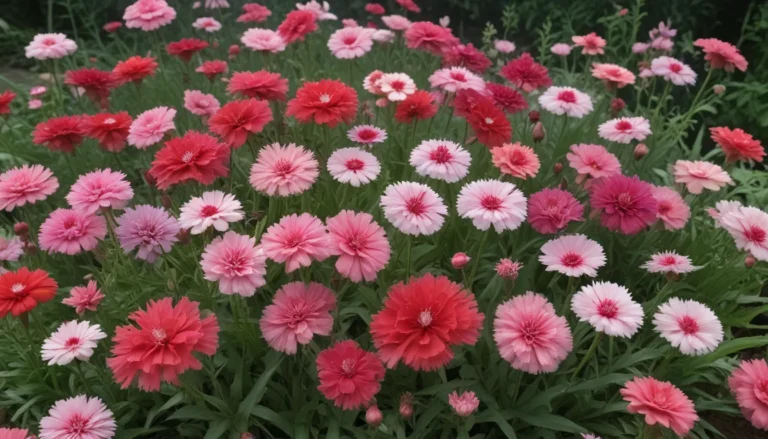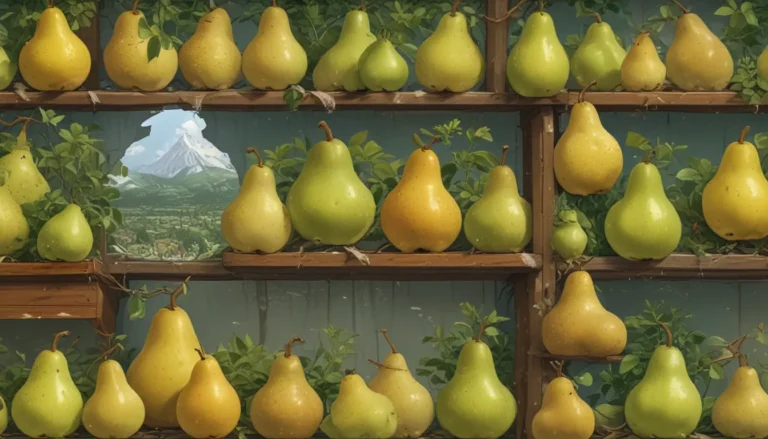How to Prevent and Treat Early Blight of Tomatoes: A Comprehensive Guide

As a tomato grower, you’re likely familiar with the frustrating fungus that causes early blight. While this common tomato disease may not be fatal to your plants, it can significantly reduce your yield. Even if you’ve chosen resistant tomato varieties, you still need to be vigilant in managing early blight.
In this in-depth guide, we’ll explore what early blight is, its symptoms, the disease cycle, and effective preventative measures and treatments you can implement to protect your tomato plants.
What You’ll Learn
- What Is Early Blight?
- Symptoms
- Disease Cycle
- Resistant Varieties Can Still Become Infected
- Cultural Controls
What Is Early Blight?
Early blight is a fungal disease caused by Alternaria solani and can occur at any point in the growing season. It thrives in high humidity and temperatures above 75°F. The fungus overwinters in the soil and spreads through various means, including wind, water, insects, and even human contact.
Symptoms of early blight include dark brown spots on lower leaves that develop concentric rings resembling a bull’s-eye. The disease progresses from the bottom to the top of the plant, causing yellowing leaves and sun scald on fruits. Stems may develop lesions, affecting water and nutrient uptake. Even seedlings can be affected, showing symptoms on cotyledons.
Disease Cycle
The fungus responsible for early blight overwinters in the soil and infected plant debris, spreading through contaminated seeds or transplants. Lower leaves become infected from soil contact or splashing of spores. Flea beetles can also transmit the pathogen, particularly in humid conditions.
Spores require free water or high humidity to germinate and can spread rapidly. Early blight is not limited to tomatoes and can affect other nightshade family plants.
Resistant Varieties Can Still Become Infected
While some tomato cultivars exhibit resistance to early blight, they are not immune. It is crucial to take preventive measures regardless of the cultivar chosen. ‘Cloudy Day’ is a popular resistant cultivar, indicated by ‘EB’ in seed packets or catalogs.
Cultural Controls
Rotate Your Crops
To prevent early blight, avoid planting tomatoes in the same spot consecutively. Wait at least two years to replant to minimize spore buildup in the soil. This also applies to other nightshade family crops like eggplants.
Purge Nightshades and Volunteer Plants
Remove nightshade family weeds and volunteer tomato plants that can serve as hosts for the fungus. Destroy them to prevent the spread of infection.
Keep Your Plants Dry
Moisture encourages germination of Alternaria spores, making tomato plants susceptible to fungal infections. Minimize leaf moisture by avoiding wet weather and using drip irrigation instead of overhead watering.
Stake Your Plants
Staking tomatoes improves airflow, reducing moisture on leaves and limiting soil contact. Stake plants at the time of planting to avoid root damage.
Remove Infected Plants
At the first sign of infection, remove and destroy infected plants to prevent the spread of early blight. Inspect other plants for symptoms and treat accordingly.
Organic Treatments
Organic treatments like Bonide® Copper Fungicide Dust and CEASE Biological Fungicide can help manage early blight infections. Apply these treatments as directed to prevent the spread of the disease.
Fungicides
For severe infections, fungicides can be effective against early blight. Choose fungicides that target multiple aspects of the fungal organism to prevent resistance. Follow manufacturer recommendations for application and harvesting intervals.
Conclusion
Despite the persistent nature of early blight, proactive measures can help minimize its impact on your tomato plants. By implementing cultural controls, organic treatments, and fungicides when necessary, you can protect your crop and ensure a successful harvest.
Have you battled early blight in your tomato garden? Share your experiences in the comments below! And for more tomato growing tips, check out our related guides on common tomato issues and vine-ripening techniques.
Remember, with proper care and attention, you can effectively prevent and treat early blight in your tomato plants. Happy gardening!





